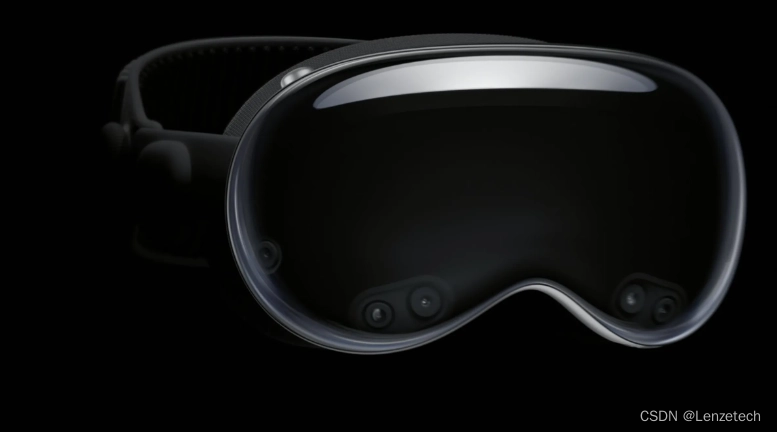A month after the launch of the Vision Pro, Apple's virtual and augmented reality headset, the U.S. Patent Office has published two patents Apple has applied for for a gamepad, one of which is pictured below. According to PatentlyApple, although the patent itself does not guarantee that Apple will launch a game controller, Apple has also applied for a trademark for the game controller, which indicates that Apple may equip Apple Vision Pro with a game controller in the future to make up for its shortcomings.

In addition, Apple has also updated the trademark of Apple Vision Pro, expanding the international classification it covers to multiple fields. The international classification of trademarks is an important basis for protecting trademark rights. If the scope of use of a trademark exceeds the classification originally applied for, the trademark may become invalid. Lost in conflict.
Apple's legal department also filed an update to its Apple Vision Pro trademark in Hong Kong. Trademark application #306302709 covers international class 18 (suitcases, belts, etc.); class 28 for handheld game consoles; class 27 for repair and maintenance; and class 41 for educational services, developer training, interactive games, and video games. Trademark application #306322518 covers International 14 classes (Watches and Timekeeping Instruments, Timepieces and Jewellery; Class 35 covers Computer Software, Accessories, Subscriptions, etc.

In WWDC23, Apple officially announced that the head display product is called "Apple Vision Pro", runs a new operating system "visionOS", and is equipped with M2 and a new R1 chip.

In terms of design, the Vision Pro looks like ski goggles and diving glasses. Its frame is made of aluminum alloy and includes sensors, cameras, displays, and computing components cooled by fans. The headband and earmuffs are made of pure fabric and can be bent to fit various face and head shapes. In terms of lenses, Apple has cooperated with Zeiss to customize, and the prescription lenses produced can be magnetically attached to the display screen, which is convenient for myopic people to use the headset. In terms of screen, it is equipped with two 4K micro OLED screens, with a total of 23 million pixels, and each eye has more pixels than a 4K TV.
Apple designed a unique dual-chip design for Vision Pro. The main chip is the familiar M2, which is responsible for visual algorithms and image information processing, allowing Vision Pro to have a smoother experience. At the same time, in order to process the information of 12 cameras, 5 sensors and 6 microphones, Apple also brought a brand new R1 chip, so that the image can be synchronized to the Vision Pro screen within 12 milliseconds, almost without delay. It's like everything is happening right in front of you.
Lenz Technology has independently developed wireless radio frequency and low-power Bluetooth BLE5.2 chips and has global intellectual property rights. It provides "software and hardware commonality" solutions and cores for Bluetooth master fully integrated chips for the AIoT Internet of Things field and individual consumers. Devices, supporting a full range of APP software platform custom development. The designed Bluetooth chip solution is used in scenarios such as smart wearable devices, Bluetooth indoor navigation, smart home, medical health, sports and fitness, data transmission, remote control, personal peripherals and AIoT Internet of Things.